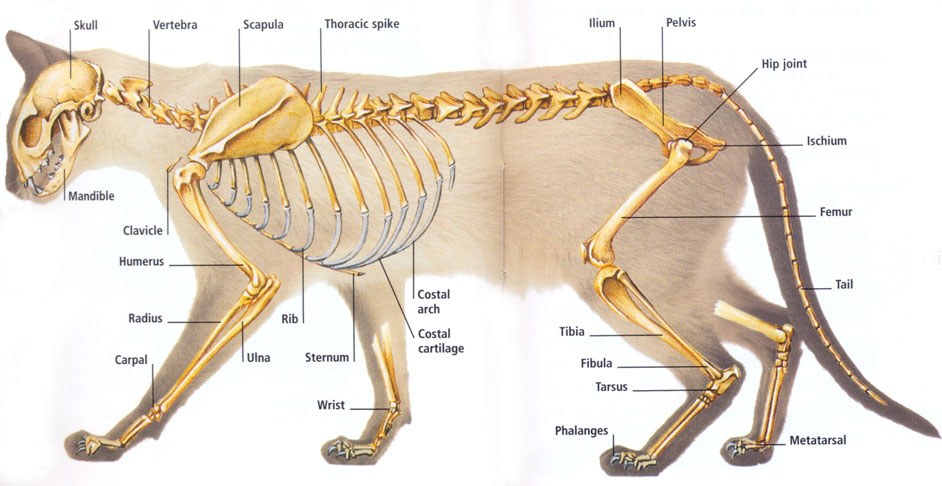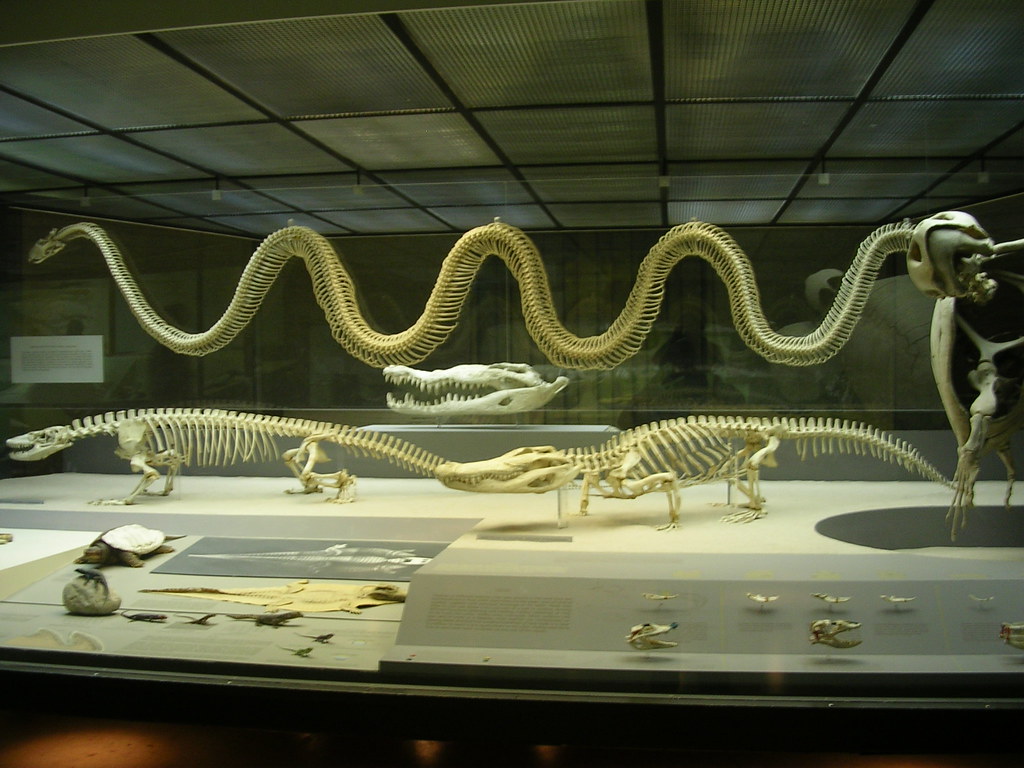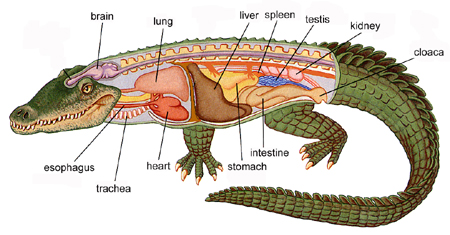What are the characteristics of mammals?
Respiration: All mammals have lungs to breathe air.
Mammals' bodies: Skin and hair cover mammals' bodies. In some animals, the hair is thick and called fur.
Extremities: Most terrestrial mammals have four legs, but human beings have two legs and two arms. Aquatic mammals have fins fro swimming. Many terrestrial mammals also have a tail.
Reproduction: Almost all mammals are viviparous. This means that female mammals give birth to live young. They produce milk to feed their young.
 |
| Photo from Fascinating animals from Feline anatomy. |
 |
| Photo from Dolphins by Miss Hilda |
What are the characteristics of reptiles?
Reptile bodies: Reptiles have hard scales to protect their body. Some reptiles have a hard shell.
Reproduction: Reptiles are oviparous animals. Their young are born from eggs. Reptiles lay their eggs on land.
Respiration: Reptiles have lungs to breathe air.
Extremities: Many reptiles have four legs, but snakes are reptiles that don't have legs.
 |
| Photo via flickr by pabloskijj. |
 |
| Photo from understanding vertebrates. |
No comments:
Post a Comment